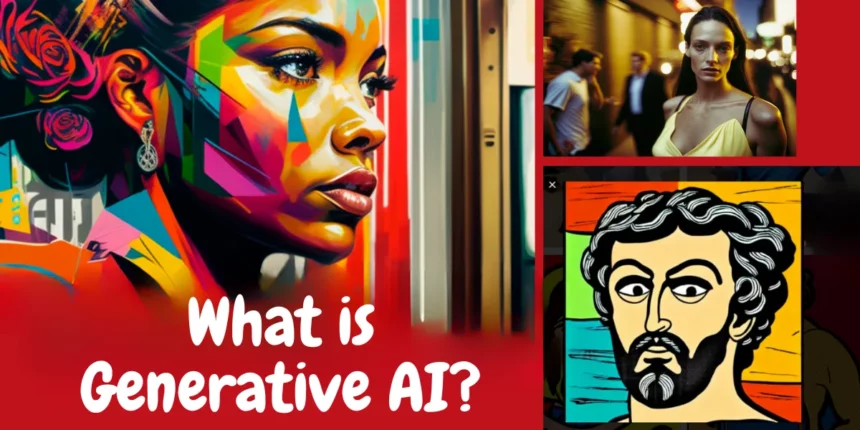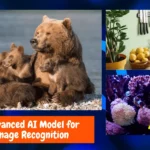Generative AI is a type of Artificial intelligence that can create different things like words, pictures, sounds, and computer-made data. People are talking a lot about it because it’s easier for regular folks to quickly make excellent text, pictures, and videos.
This type of technology, called Generative AI, has been around since the 1960s. It started with chatbots, which could talk to people. But it wasn’t until 2014 that a new type of computer program called GANs was invented. These programs made Generative AI even better; now, it can create pictures, videos, and sounds that look and sounds like real people made them.
Some examples of real people that were created using Generative Ai:


Generative AI can do many things, like improving dubbed movies and creating good educational content. However, it can also make fake pictures and videos that look real, which can be dangerous for businesses. But there have been some recent advances that made Generative AI even better. One of these is called transformers, which lets researchers make bigger and better models without labeling all the data ahead. Transformers can also track how words are connected over many pages and not just in one sentence, which helps them to analyze things like code, proteins, chemicals, and DNA.
Generative AI has improved thanks to the new large language models with billions or even trillions of parameters. These models can make good text, pictures that look like real life, and even funny TV shows without help. And now, some tools can make things in different forms like text, photos, and videos all at once! For example, Dall-E can take pictures just by reading words or looking at pictures.
Although we’ve made some progress, using AI to create readable text and realistic graphics is still in its early stages. AI can make mistakes and produce strange results, but it has the potential to change the way businesses work. This technology could help write computer programs, create new medicines, design products, change companies’ operations, and improve supply chains.
A Brief History of Generative AI
1960s:
Joseph Weizenbaum developed the first chatbot, ELIZA, which paved the way for further developments in Natural Language Processing (NLP).
1950s – 2010s:
- Deep learning innovations began in the 1950s and saw a resurgence in the 80s and 90s with the advent of artificial neural networks (ANNs) and backpropagation algorithms.
- By the 2000s and 2010s, the amount of data available and computational capabilities improved to the point where deep learning became practical.
- Geoffrey Hinton and his team made breakthroughs in speech recognition using convolutional neural networks (CNNs) in 2012 and in image classification in 2014, paving the way for major subsequent innovations in the study of artificial intelligence.

2014:
- Ian Goodfellow released his seminal paper on Generative Adversarial Networks (GANs), which positioned two networks against each other in a zero-sum game to create viable novel images.
- This work led to incremental developments in the GAN architecture, which yielded increasingly better results in image synthesis over the following years.
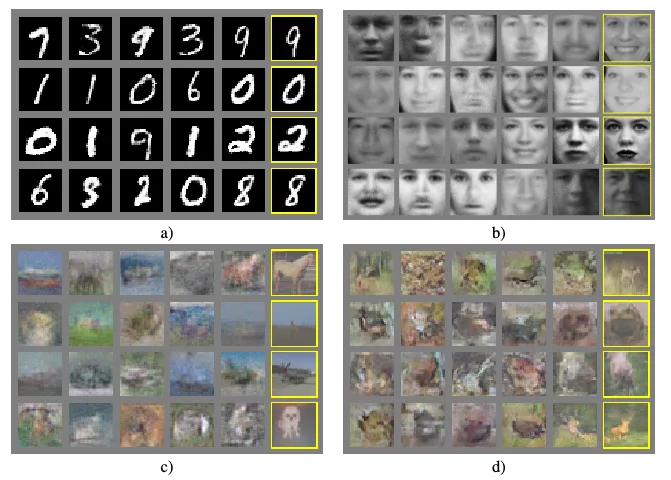
2014 – 2021:
- New model architectures were developed, including convolutional and recurrent neural networks (text generation, video), long short-term memory (LSTM) (text generation), transformers (text generation), variational autoencoders (VAEs) (image generation), diffusion models (image generation), and various flow model architectures (audio, image, video).
- Additional adjacent work in generative AI-produced neural radiance fields (NeRF) and reinforcement learning.
2022:
- Generative AI technology was put into the hands of consumers with the release of several text-to-image model services like MidJourney, Dall-E 2, Imagen, and the open-source release of Stability AI’s Stable Diffusion.
- OpenAI’s ChatGPT was released, mesmerizing consumers with a version of GPT-3 re-trained on the conversational dialogue that seemingly had an answer for everything and delivered responses in a very human-like manner.
- GitHub’s Copilot also saw widespread adoption, a tool built on Open AI’s Codex, which was trained on all public code repositories in GitHub and assisted developers by converting natural language into executable software code.
2023:
- In 2023, significant innovations in generative AI are expected to begin a revolution that will leave no industry or job function unimpacted in one way or another.
- The potential for generative AI is to create 10s of millions of new jobs, permanently alter the way we work, fuel the creator economy, and displace or augment 100s of millions of workers in roles from computer programmers to computer graphics artists, photographers, video editors, digital marketers, and even journalists.
- However, there has been significant backlash against generative AI, with many concerns raised about possible copyright infringements for generative AI art, text, and code and the impact on creative jobs. A class action lawsuit brought against Microsoft for Copilot will set valuable precedence in the courts for which other lawsuits may be filed as many developers contend their intellectual property has been stolen.
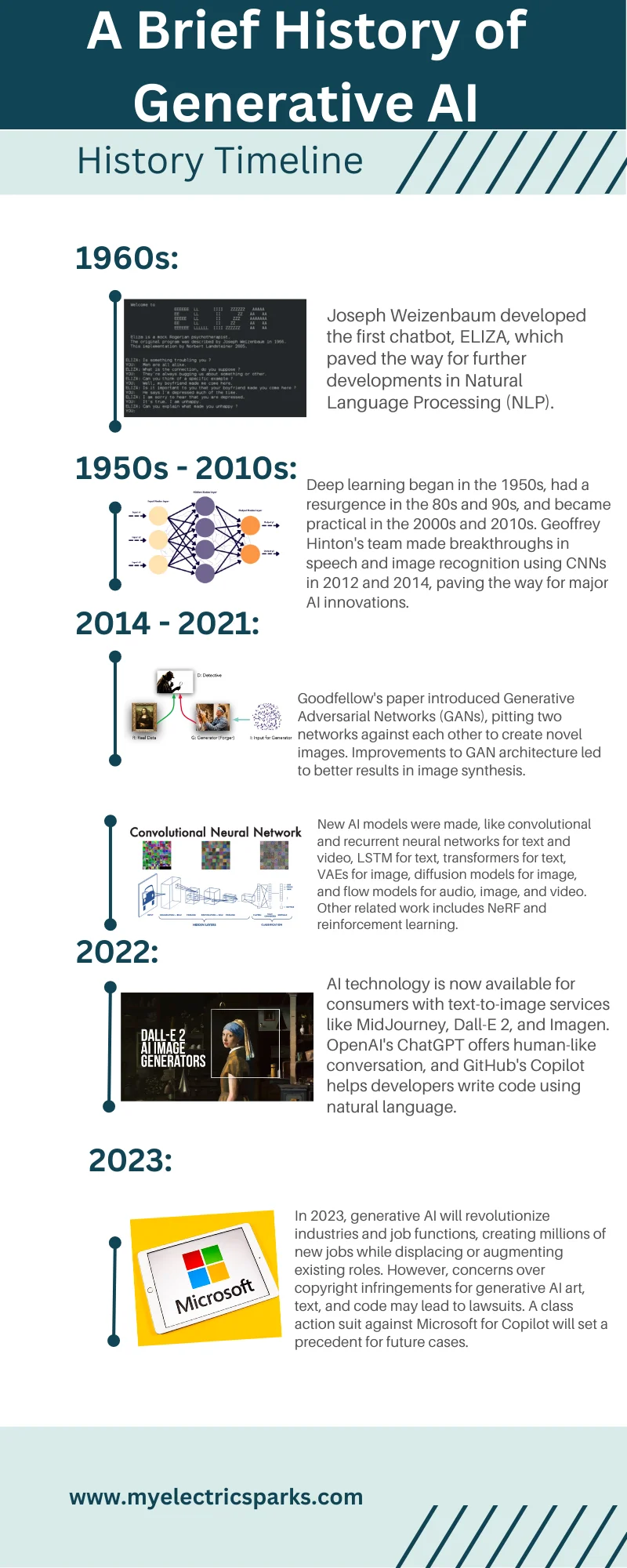
How does generative AI work?
Generative AI takes a starting prompt, which can come in different forms, such as text, images, videos, designs, or musical notes. The AI system processes the input using various algorithms to generate new content responding to the prompt. This can include anything from essays and problem solutions to highly realistic fakes created from pictures or audio.
Early versions of generative AI were complex and required developers to submit data via an API or a complicated process. Developers had to familiarize themselves with special tools and languages like Python to write applications.
Fortunately, pioneers in generative AI have been developing better user experiences that simplify the process. Users can now describe a request in plain language, and the AI system will provide an initial response. Users can customize the results further by giving feedback about the style, tone, and other elements they want the generated content to reflect.
Here is a table comparing the different algorithms used in generative AI:
| Algorithm | Description | Strengths | Weaknesses |
|---|---|---|---|
| Rule-Based Systems | Use predefined rules to generate output | Simple to implement, easy to understand rules, predictable results | Limited flexibility, difficult to account for all possible scenarios |
| Markov Models | Use statistical models to generate output | Effective at generating simple sequences, computationally efficient | Limited accuracy, struggles with complex relationships between input/output |
| Generative Adversarial Networks (GANs) | Use neural networks to compress and decompress data, allowing for new content to be generated. | Can generate highly realistic output, can be trained on unsupervised data | Can generate high-quality, diverse work, can understand the context of the input, and develop content that reflects it |
| Variational Autoencoders (VAEs) | Use self-attention mechanisms to generate output, pre-trained on vast amounts of data. | Can generate diverse output, can be trained on unsupervised data | Can produce inconsistent results, prone to overfitting, and difficult to train |
| Transformers (GPT) | Computationally intensive, requires large amounts of data for training, and can generate output that perpetuates biases present in the training data. | Can generate high-quality, diverse output, understand the input context, and develop content that reflects it. | Can generate high-quality, diverse output, understand the context of the input, and develop content that reflects it. |
Generative AI models:
Generative AI models are the result of combining different AI algorithms to represent and process content. Natural language processing techniques convert raw characters like letters, punctuation, and words into sentences, parts of speech, entities, and actions to generate text. These are then transformed into vectors using multiple encoding techniques. Similarly, images are transformed into various visual elements expressed as vectors. However, it’s important to note that these techniques can also encode biases, such as racism, deception, and puffery, which may be present in the training data.
Once developers have decided how to represent the world, they apply a specific neural network to generate new content in response to a query or prompt. Techniques like GANs and VAEs, which are neural networks with an encoder and decoder, are particularly effective in generating realistic human faces, synthetic data for AI training, or even facsimiles of particular individuals.
Recent advances in transformer technology, such as Google’s Bidirectional Encoder Representations from Transformers (BERT), OpenAI’s GPT, and Google AlphaFold, have resulted in neural networks that can not only encode language, images, and proteins but also generate new content. These advancements have expanded the possibilities of generative AI to include even more complex and diverse output.

What are Dall-E, ChatGPT and Bard?
Dall-E, ChatGPT, and Bard are all examples of artificial intelligence language models developed by OpenAI and Google.
Dall-E:
Dall-E is a fancy computer program that can simultaneously understand words, pictures, and sounds. It was made by brilliant people at OpenAI in 2021 using a program called GPT.
Dall-E can take what you write and turn it into pictures. And in 2022, they made it even better so you can make many different pictures by telling it what you want.
DALL-E, the clever creation from OpenAI. It’s like an art expert that quickly understands and shows different styles. With the help of GPT tech, DALL-E makes pictures that mix modern looks, like colors and how things are arranged.
But it’s not just copying – DALL-E makes new and different pictures by mixing lots of ideas. It knows what fits the situation, which is great for people who want to be ahead. So, DALL-E isn’t just keeping up; it’s leading the way in changing how things look and are designed.
Let’s take a look at some cool things DALL-E has done to show how well it knows about styles and designs:
- In 2021, DALL-E made pictures to show how old-time fashion could look cool and modern.
- In 2022, DALL-E made pictures combining art and tech to create something new and exciting.
- Fast forward to 2023, DALL-E made pictures that gave us a sneak peek into how designs might look.
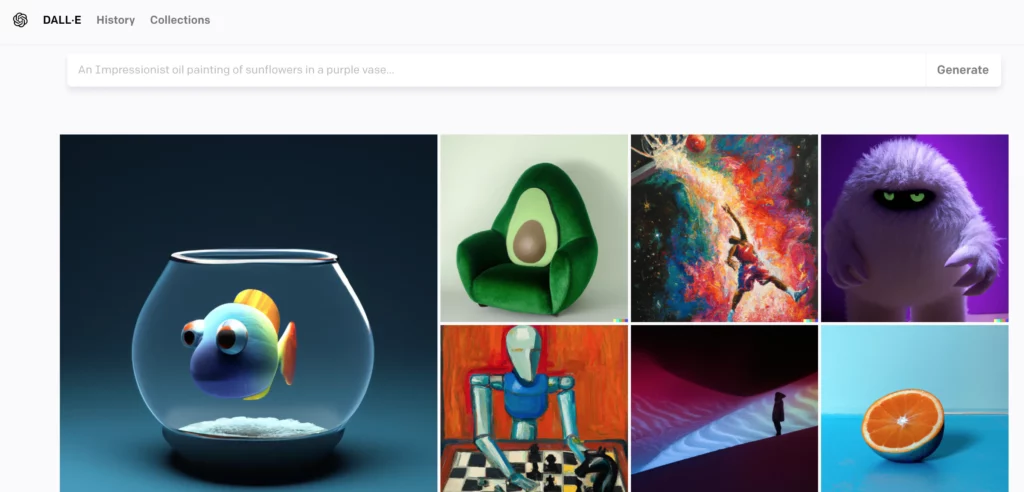
Dalle-E interface
You can write anything, and Dalle-E will try to generate a fantastic image from your text.
Dalle-E Performing Task
There are various examples of people taking advantage of this fantastic platform.
Here is an example of how you can generate images from text.
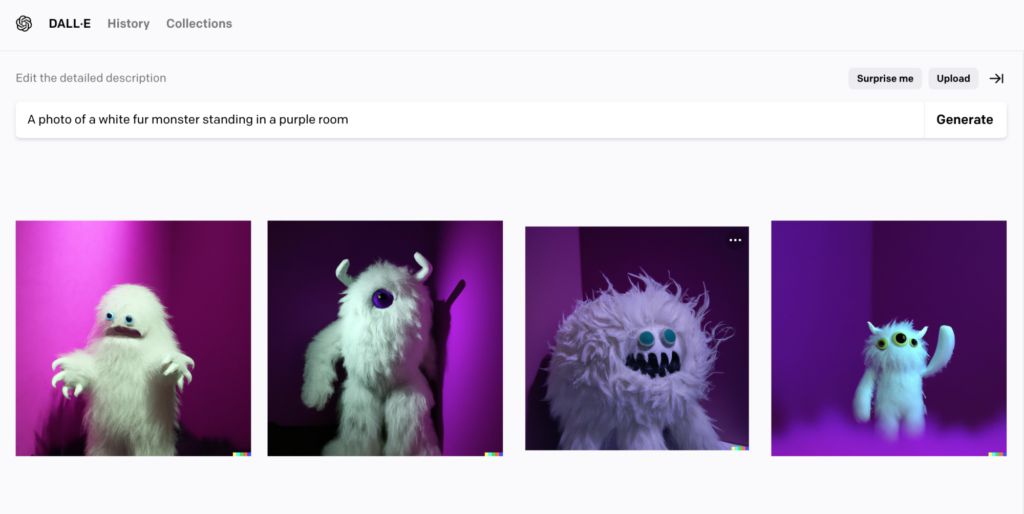
ChatGPT:
ChatGPT is a fancy computer program that can chat with people like a natural person. It was made by brilliant people at OpenAI using a program called GPT-3.5.
ChatGPT is unique because it can learn from the conversations it has with people. This makes it feel more like you’re talking to a natural person. Previously, you could only use GPT by sending it text through a unique code. But now, OpenAI has made it easy to use with a chat interface.
They just released a new version of GPT called GPT-4 on March 14, 2023. It’s so popular that Microsoft invests heavily in OpenAI and puts a version of GPT into their Bing search engine. So now you can talk to ChatGPT when you search for things on Bing!
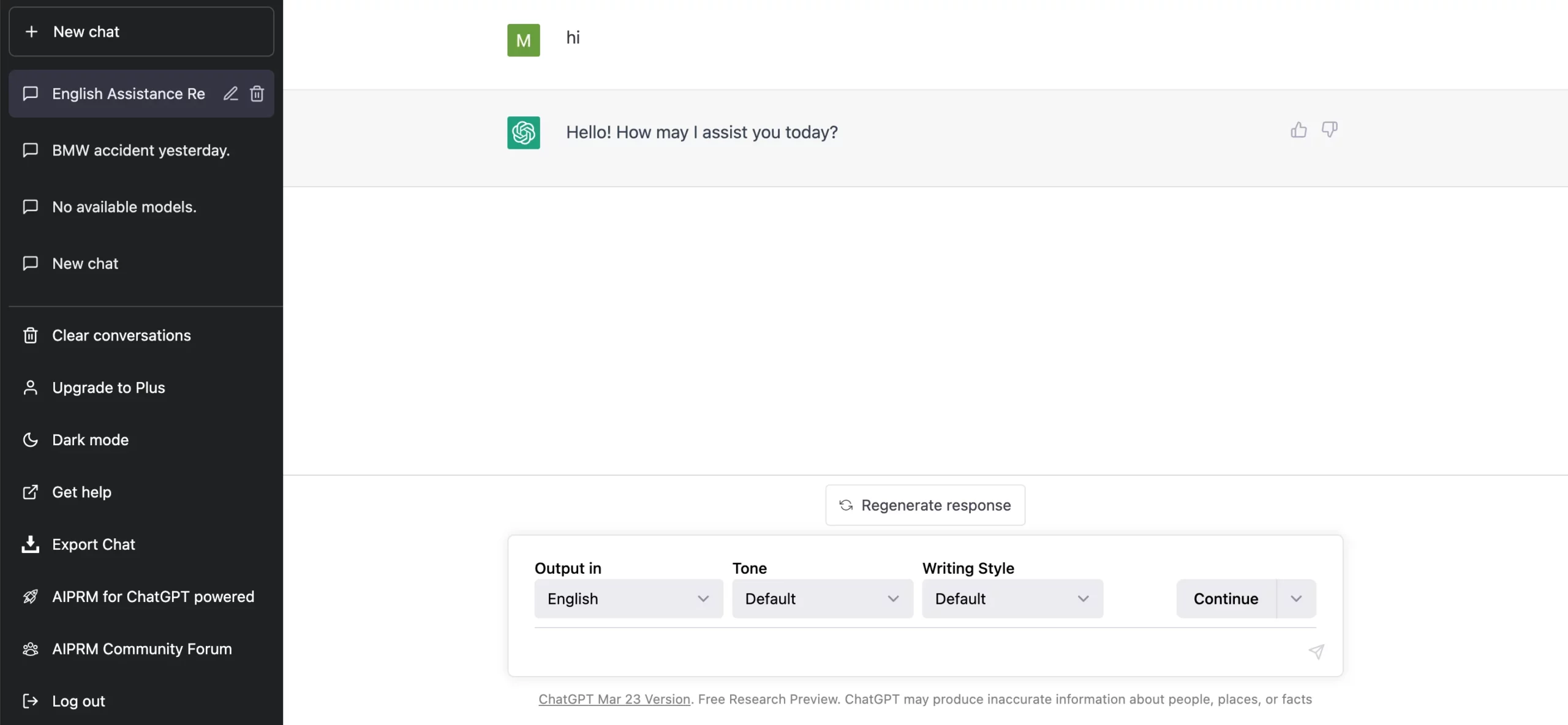
Google Bard:
In the early days of transformer AI, Google was one of the pioneers and made some of their models available to researchers. However, they never made a public interface for these models. When Microsoft integrated GPT into Bing, Google was forced to launch a public chatbot called Google Bard. Unfortunately, Bard’s debut was rushed. It made a mistake by claiming that the Webb telescope was the first to discover a planet in a foreign solar system, causing a significant drop in Google’s stock price.
Similarly, Microsoft’s ChatGPT also faced accuracy and behaviour issues in its early versions.
What are the use cases for generative AI?
Generative AI is a versatile technology that can create different content for different applications. With recent advancements like GPT, this technology is becoming more accessible to users of all levels.
Here are some of the top use cases for generative AI:
- Augment data: Generative AI can improve data quality by adding new information to a dataset.
- Create algorithm: Generative AI can automate the creation of new machine learning algorithms.
- Create text: Generative AI can generate written content, such as article summaries, product descriptions, and blog posts.
- Design neural network: Generative AI can help optimize neural networks by finding the best connections.
- Generate text-to-speech: Generative AI can create realistic speech audio for practical uses like education, podcasting, and advertising.
- Create music: Generative AI can help create original music for advertisements and creative projects.
- Generate image: Generative AI can turn text into images or generate realistic ideas based on specific settings, subjects, styles, or locations.
- Creative question asking: Generative AI can generate thought-provoking questions to stimulate the mind.
- Artificial creativity: Generative AI can create something new and original without human input.
- Generate videos: Generative AI can create videos by combining visual content, script, and soundtrack.
What are the benefits of generative AI?
Generative AI can help businesses in many ways. It can help understand and make new content automatically. Developers are looking for ways to use generative AI to improve work processes and take full advantage of the technology.
Some benefits of using generative AI are:
- Increased efficiency: Generative AI can automate time-consuming tasks, freeing up human resources to focus on more complex and strategic work.
- Cost savings: Automating repetitive tasks can lead to significant business cost savings.
- Improved accuracy: Generative AI algorithms can process large volumes of data accurately and efficiently, reducing the risk of human error.
- Personalization: Generative AI can create content tailored to individual users based on their preferences and behaviour.
- Innovation: Generative AI can help businesses develop new products and services by generating new ideas and content.
- Improved customer experience: Personalized AI-generated content can enhance the customer experience, increasing satisfaction and loyalty.
- Time-saving: Generative AI can quickly generate content, such as product descriptions, blog posts, and social media posts, saving time and resources.
- Scalability: Generative AI can be scaled up or down as needed to meet the demands of the business.
- Competitive advantage: Implementing generative AI can provide a competitive advantage by enabling businesses to create large-scale, personalized content.
- Better decision-making: Generative AI can provide insights and recommendations based on data analysis, helping businesses make more informed decisions.
What are the limitations of generative AI?
In the beginning stages of using generative AI, several limitations became apparent. Some of these limitations were due to the specific methods used to apply generative AI in certain situations. For instance, sometimes, it’s easier to comprehend a summary of a complicated topic rather than an in-depth explanation that includes various sources supporting key points. However, this simplicity comes at the cost of being able to verify the sources of the information provided.
Here are some limitations:
- Quality of output: While generative AI can produce content, it may not always be of high quality or accuracy. The output may contain errors, inconsistencies, or be irrelevant.
- Lack of control: Generative AI can generate content based on the input data it receives, but there is limited control over the output. This can make ensuring the content is aligned with the intended purpose or message challenging.
- Bias: Generative AI may learn and reproduce biases present in the input data it is trained on. This can result in generating biased content that reflects societal or cultural preferences.
- Data dependency: Generative AI relies on large datasets to produce quality output. The output may be useless if the input data is insufficient or low quality.
- Computing resources: Generating high-quality content requires significant computing resources, making it expensive and time-consuming.
- Legal and ethical concerns: Generative AI can produce fake or misleading content that can be used for malicious purposes, leading to legal and ethical considerations.
What are the concerns surrounding generative AI?
Generative AI’s emergence has raised several concerns, including the quality of its results, the possibility of misuse and abuse, and its ability to disrupt current business models.
The following are some of the worries currently being voiced:
What are some examples of generative AI tools?
Various generative AI tools, including text, images, music, code, and voices, are available for content creation. Some commonly used AI content generators to consider are:
| Application Area | Examples of Generative AI Tools |
|---|---|
| Text generation | GPT, Jasper, AI-Writer, Lex |
| Image generation | Dall-E 2, Midjourney, Stable Diffusion |
| Music generation | Amper, Dadabots, MuseNet |
| Code generation | CodeStarter, Codex, GitHub Copilot, Tabnine |
| Voice synthesis | Descript, Listnr, Podcast.ai |
| AI chip design | Synopsys, Cadence, Google, Nvidia |
Additional information:
- Text generation tools use natural language processing to generate text-based content such as news articles, product descriptions, and creative writing.
- Image generation tools use machine learning algorithms to create images and graphics. These can be used for graphic design, art, and fashion design.
- Music generation tools use AI to create original music compositions or assist with production tasks such as mixing and mastering.
- Code generation tools can automatically generate code snippets or even entire programs, which can help developers save time and improve productivity.
- Voice synthesis tools use text-to-speech technology to generate realistic-sounding speech, which can be helpful in applications such as podcasting, audiobook production, and even virtual assistants.
- AI chip design tool companies use AI to design and optimize computer chips, essential components in modern electronics. These tools can help reduce design time and improve chip performance.
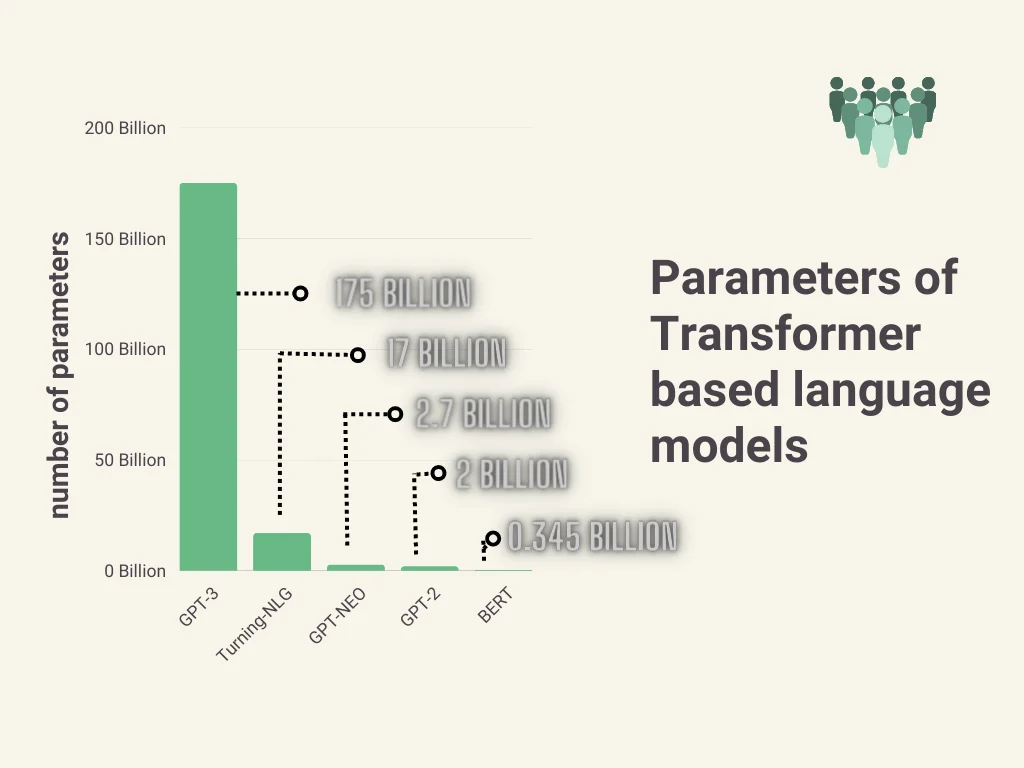
Use cases for generative AI by industry
Generative AI is a general-purpose technology, like steam power, electricity and computing, that can profoundly impact various industries and use cases. However, like previous general-purpose technologies, people may need time to determine the best way to organize workflows to utilize their capabilities thoroughly.
Here are some potential impacts of generative AI on different industries:
- Logistics and transportation: Generative AI can accurately convert satellite images into map views, enabling the exploration of previously unknown locations. This can be especially useful for logistics and transportation companies looking to navigate new areas.
- Travel industry: Generative AI can help with airport face identification and verification systems. By creating a full-face picture of a passenger from photos taken from different angles, the technology can make it easier to identify and verify the identity of travellers.
- Healthcare: Generative AI can convert X-rays and CT scans into more realistic images, which can be helpful for diagnosis. By using GANs (Generative Adversarial Networks) to perform sketches-to-photo translation, doctors can get a clearer, more detailed view of the inside of a patient’s body. This can be especially useful for catching dangerous diseases like cancer in their early stages.
- Marketing: Generative AI can help with client segmentation, predicting the response of a target group to advertisements and marketing campaigns. This can be a valuable tool for companies targeting specific audiences and increasing sales.
- Outbound marketing messages: Synthetically generate outbound marketing messages, enhancing upselling and cross-selling strategies. GPT-3-powered tools like Fireflies AI notetaker let you get personalized notes tailored to your role in sales, marketing, customer service, or any other area. Ask the bot as many questions as you need to get quick answers without sifting through the entire transcript. And once you’ve got your notes, you can use them to automatically generate emails, reports, blogs, and scorecards, saving you even more time and effort.
Ethics and Bias in Generative AI
The new generative AI tools have immense potential but raise concerns about accuracy, trustworthiness, bias, hallucination, and plagiarism. These issues are not unique to AI, as demonstrated by Microsoft’s chatbot Tay, which had to be shut down due to its inflammatory rhetoric on Twitter. However, modern generative AI tools like ChatGPT and Google’s LaMDA sound more coherent, making it harder to detect errors.
This is particularly problematic when generative AI results are used for important tasks like writing code or providing medical advice. The lack of transparency in generative AI results makes it challenging to determine if they infringe on copyrights or draw from problematic sources. Therefore, understanding how generative AI arrived at its conclusions is essential to detect errors and improving accuracy.
Generative AI vs. AI
Generative AI creates new content, such as chat responses, designs, synthetic data, and deep fakes. On the other hand, traditional AI focuses on detecting patterns, making decisions, honing analytics, classifying data, and detecting fraud.
Neural network techniques like transformers, GANs, and VAEs are commonly used in Generative AI. Meanwhile, convolutional neural networks, recurrent neural networks, and reinforcement learning are widely used in other kinds of AI.
Generative AI often starts with a prompt to guide content generation, while traditional AI algorithms process new data to return a simple result. The content generation process in Generative AI can be iterative to explore content variations.
What Is The Best practice For Using Generative AI?
There are no one-size-fits-all guidelines when using generative AI, as different applications and workflows have different requirements. Nonetheless, it’s essential to prioritize accuracy, transparency, and usability while working with generative AI. To achieve these goals, you can follow the best practices listed below:
Following these best practices can help you use generative AI responsibly and effectively.
What Is The Future of Generative AI?
Generative AI is revolutionizing various industries by creating new possibilities for assistive technology. ChatGPT is a tool that has gained immense popularity in delivering human-like conversations on various topics and assisting with software and hardware troubleshooting. However, several other Generative AI tools, such as Murf, Assbly AI, DALL.E-2, StockAI, and Jasper, are also emerging as early adopters of generative AI technology. Here are some of the most compelling use cases of generative AI:
- Healthcare and Drug Discovery: Generative AI can develop hypotheses and concepts for medical research, resulting in significant cost savings and faster drug discovery timelines. By 2025, generative AI is predicted to be responsible for over 30% of new drug and material discoveries.
- Material Science: Generative AI uses inverse design to create new materials with specific physical properties. This process finds materials likely to have desired properties instead of relying on chance.
- Synthetic Data: Generative AI can produce synthetic data, which helps ensure the privacy of data sources used to train models. Healthcare data, for example, can be generated artificially for research and analysis without revealing the identity of patients.
- Customer Interaction: Generative AI can significantly improve the customer journey by providing efficient query answering, personalized product recommendations, and offers based on historical data analysis. This can help increase sales and customer loyalty.
- Chip Design: Generative AI can optimize component placement in semiconductor chip design, shortening the product development life cycle.
- Product Development: Generative AI can help in generating marketing copy, summarizing lengthy documents, and writing communications, making it a perfect fit for anyone who creates content.
- Enterprise Support: ChatGPT or other conversational AI tools could be used as the backend of an enterprise support concierge to improve information organization.
- Part Design: Generative AI enables industries to design optimized parts to meet specific goals and constraints, such as performance, materials, and manufacturing methods, benefiting industries such as manufacturing, automotive, aerospace, and defence.
Generative AI FAQs
What is generative AI?
Why is generative AI suddenly everywhere?
What are examples of generative AI?
Is generative AI good or bad?
What is the use case of generative AI?
Is ChatGPT is a generative AI?
More About Artificial Intelligence
- What is artificial intelligence (AI)?
- Could AI be causing humans to become obsolete as a resource?
- Meta Future Plans: Focus on AI rather than a Metaverse
- GPT-4 Integrated into Khan Academy and Duolingo to Boost Their AI Learning Platforms
- The Human Side of AI: An Introduction to the AI Bill of Rights

